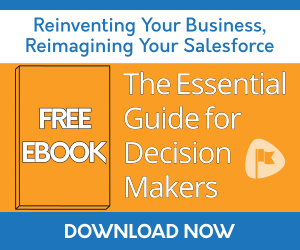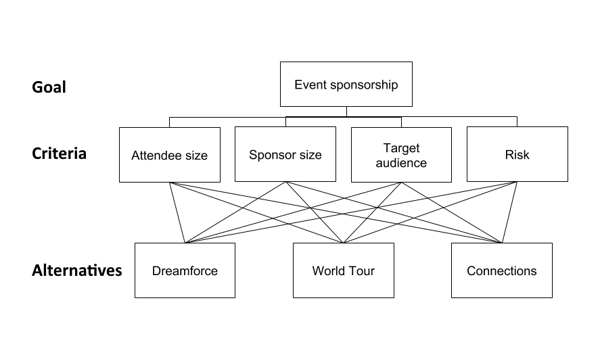Why Polls Aren't the Best Way to Reach a Group Decision
2019/06/20

Most individuals and businesses try to find the most "logical" solution to obstacles by doing research or looking at reviews before coming to a decision. Western cultures also value everyone having a say and the most popular choice wins. Combine the two and you get the quote, "Logic clearly dictates that the needs of the many outweigh the needs of the few." So it's no surprise that VPs and managers might vote to choose new company initiatives.
And in a lot of ways "getting a vote" is a good thing. The accounting department doesn't always know what the sales department needs or values and vice versa. Plus it boosts employee morale for being getting involved in decisions. So what's wrong with taking a vote? It's pretty quick and easy to send out a poll or hold a meeting, and it's worked in the past, right?
The truth is, people are imperfect beings. There are plenty of obstacles that get in the way of rational reasoning such as cognitive bias, sunk cost fallacy, or deciding with emotions and backing up with logic later. Something as simple as maybe you don't want the local Italian restaurant to cater your next company meeting a month from now, simply because you had Italian food for dinner yesterday, and therefore it doesn't sound appetizing right now. Even though it might otherwise be your best option.
While it’s possible to hold a vote for stakeholders, they might not make the most sound decision, or even pick the decision that truly holds all of their values.
Instead, we should turn to mathematical frameworks that will do the logical work for us, such as the Analytical Hierarchy Process. The Analytic Hierarchy Process (AHP) helps teams and individuals find the best solution to their problem with “a comprehensive and rational framework for structuring a decision problem, for representing and quantifying its elements, for relating those elements to overall goals, and for evaluating alternative solutions.”
Essentially, AHP will do all of the calculations for you, ranking the most optimal choices for each individual. And the results may not always be what you’d expect if it was a simple poll where you pick a choice. Back to our example - if you took a vote, Italian food would be your last choice. But if you had to judge it by all the other criteria (wide variety, vegetarian options, etc.) instead of your gut reaction, you'd realize the flaws in your thinking. Now imagine what you're forgetting about when making more complex decisions.
But how can you actually use AHP? We've created Prioritization Helper, a Salesforce app that facilitates group decisions. This tool is great for all kinds of scenarios, including hiring a candidate from a group interview, software selection, or deciding what events to sponsor. Here are more Prioritization Helper use case suggestions.
How it works:
- Decide on an objective - This will be the end goal. What are you trying to decide on?
- Enter your alternatives - Alternatives are all of the possible options.
- Enter comparison criteria - These are the different ways you will evaluate the alternatives.
- Send it to all decision makers - Sent it to everyone in all of the different departments affected by the decision.
To actually evaluate the comparisons:
- Assign weights to criteria - Using sliders, choose a number between 0-9 to indicate which of the two criteria are more important, with 0 being a tie and 9 indicating a criteria extremely more important than another.
- Weigh alternatives - This is the same process as weighing criteria, except this time you are judging each of the options against the criteria.
- Individual results are calculated automatically - All of the individual results will eventually be calculated together to decide an order of preferences, including their percentages.
Here's an example of the process:

Stop sending SurveyMonkey links or taking a head count on the important decisions. You may have survived this long without a decision making app, but the shift to more mathematical reasoning is impactful for successful projects. And the best part is decision makers still get a "vote" on what matters to them, but with more quantifiable data behind it. 
| Working Remotely Benefits Both Employees and Customers | Passage Technology Blog | Passage Technology makes annual Inc. 5000 for third consecutive year! |
